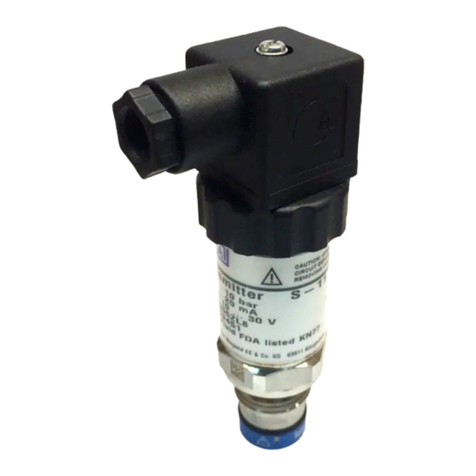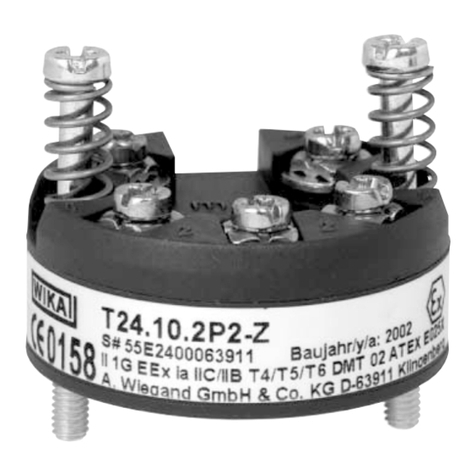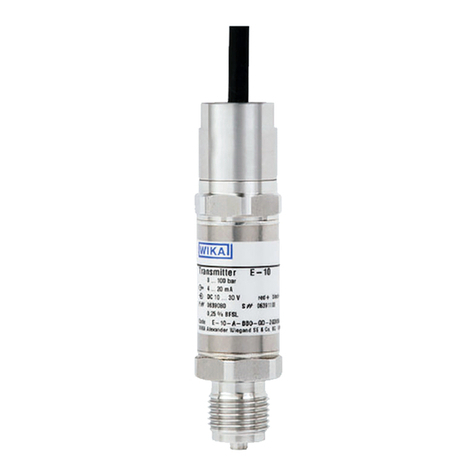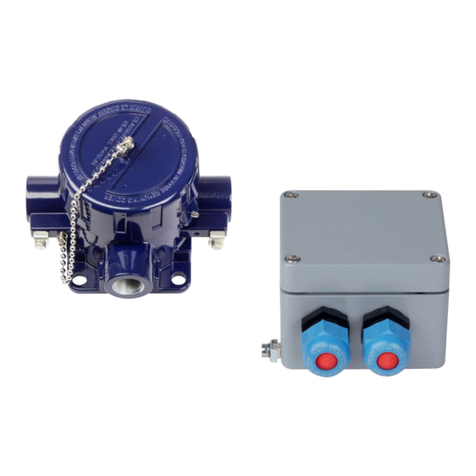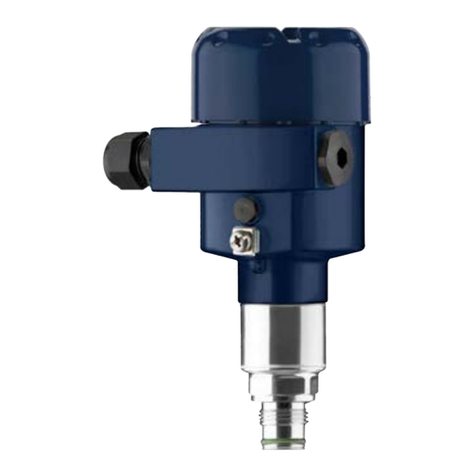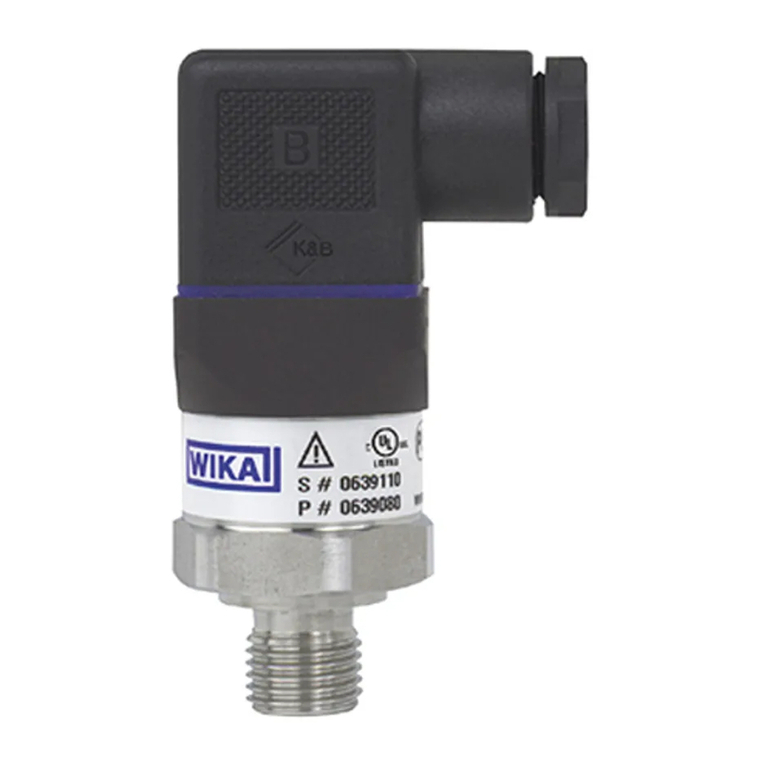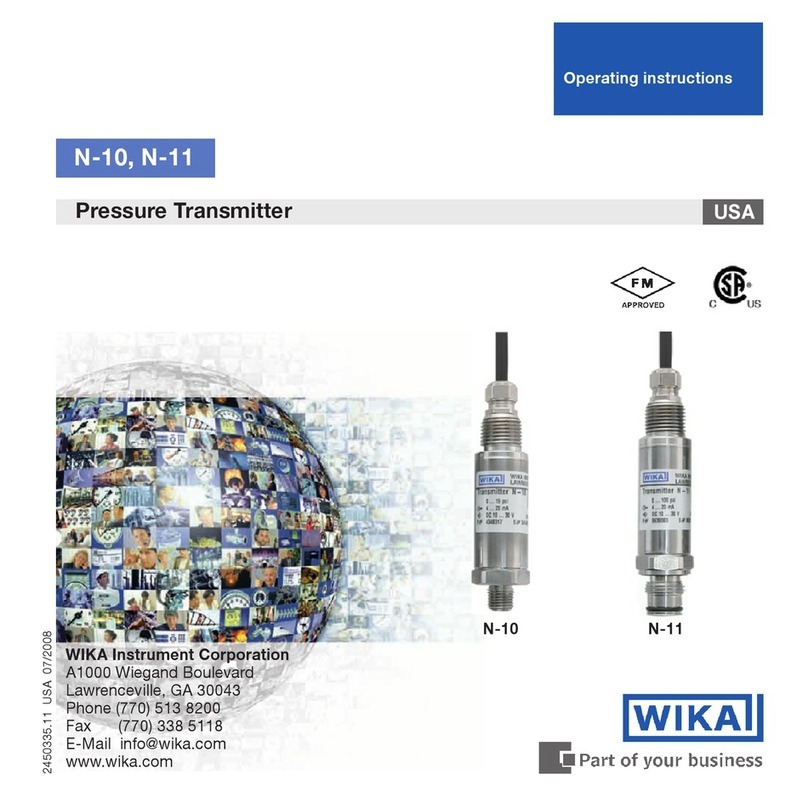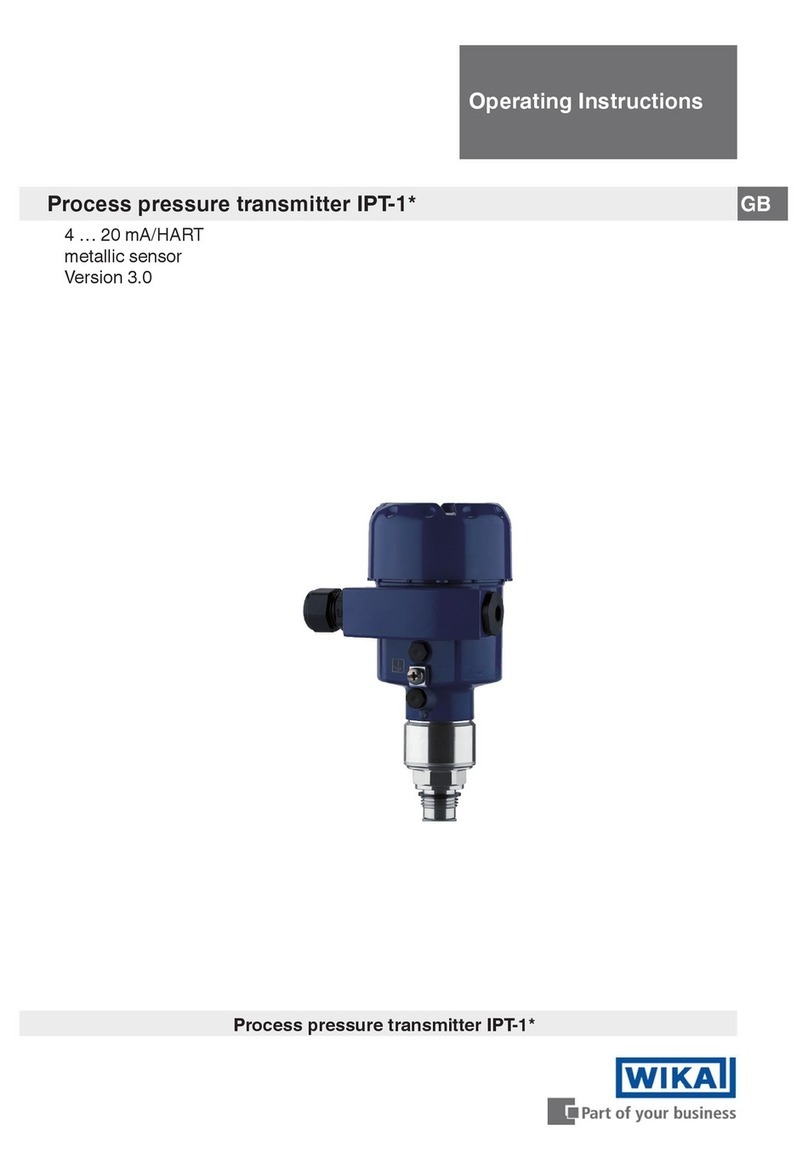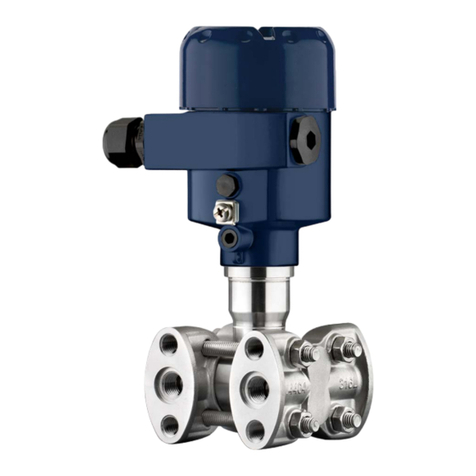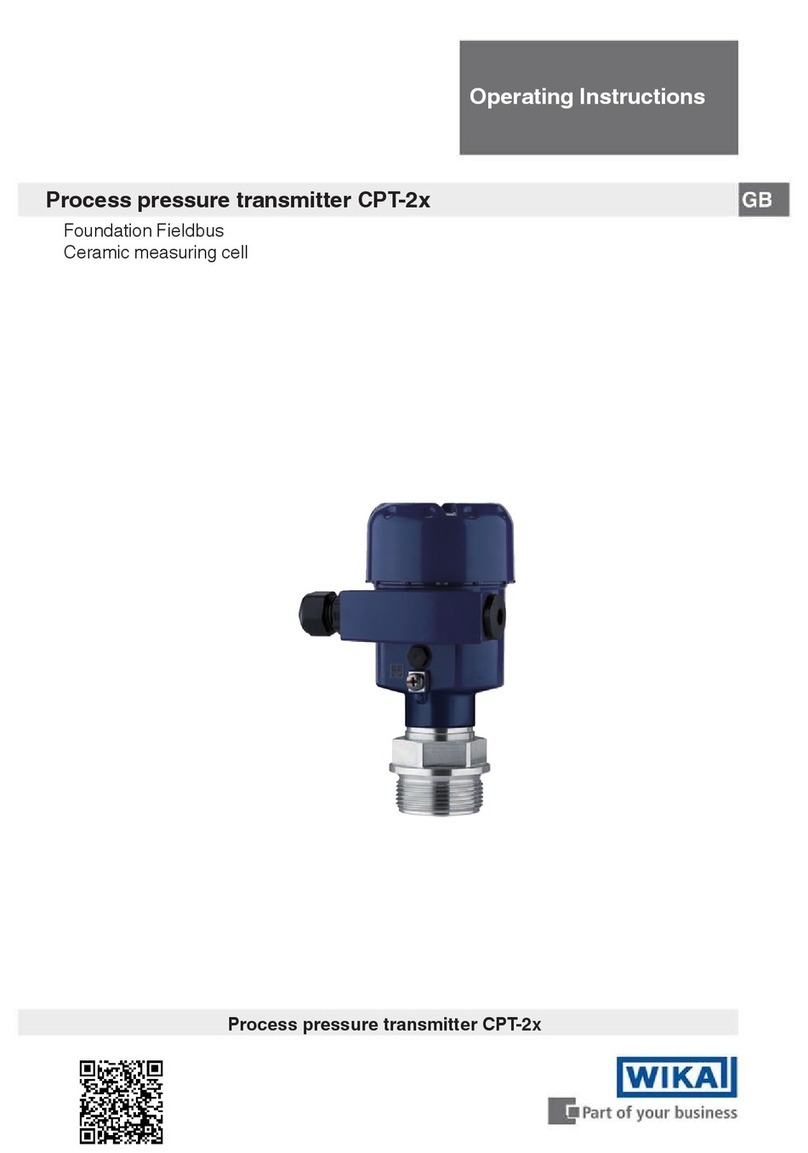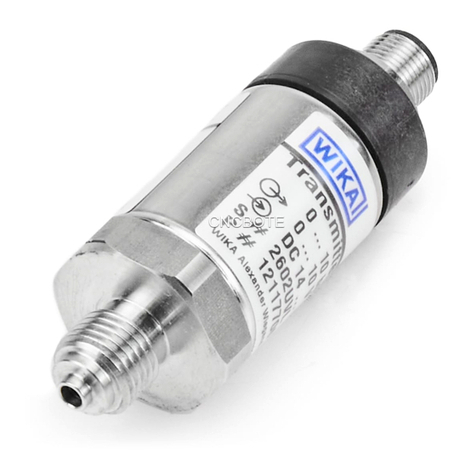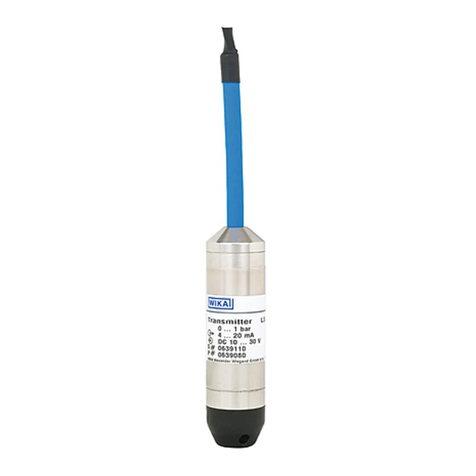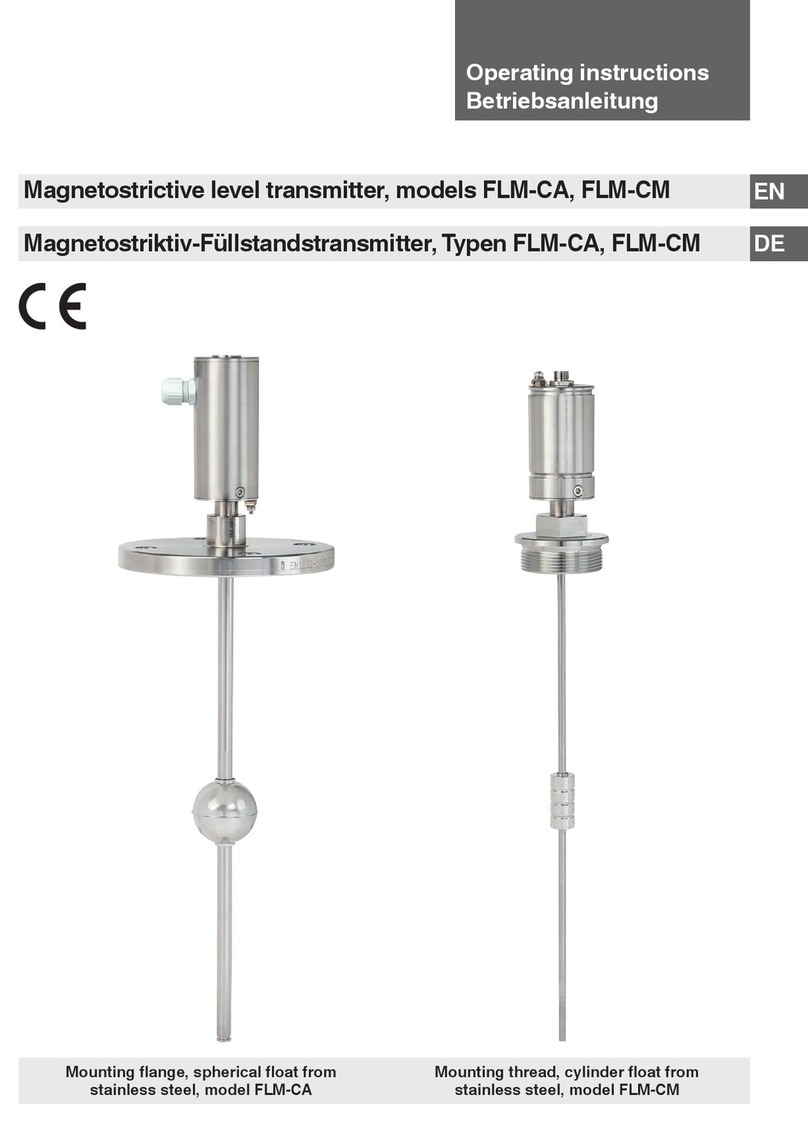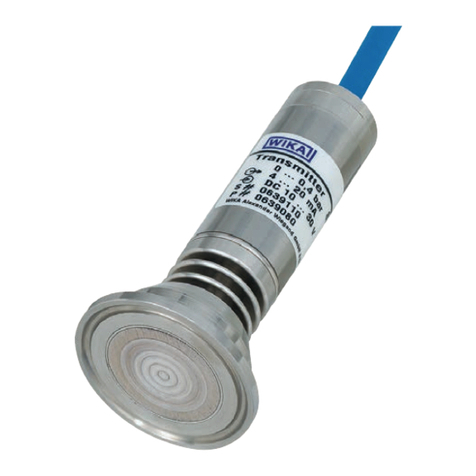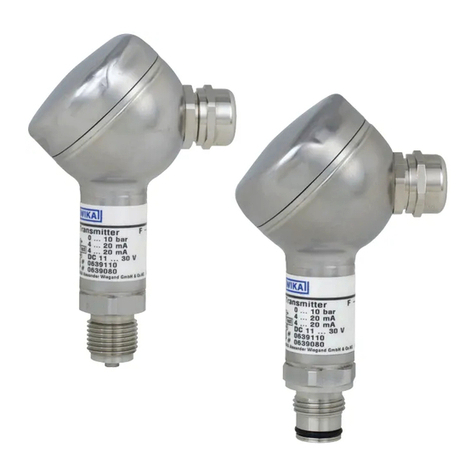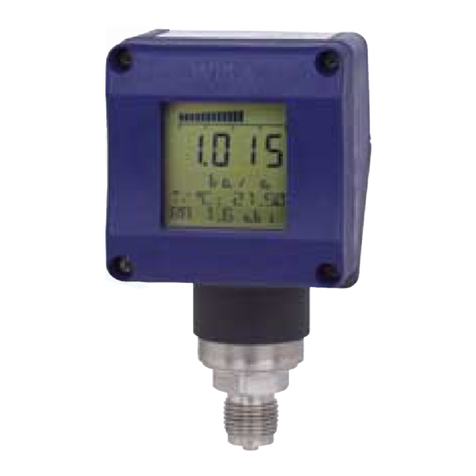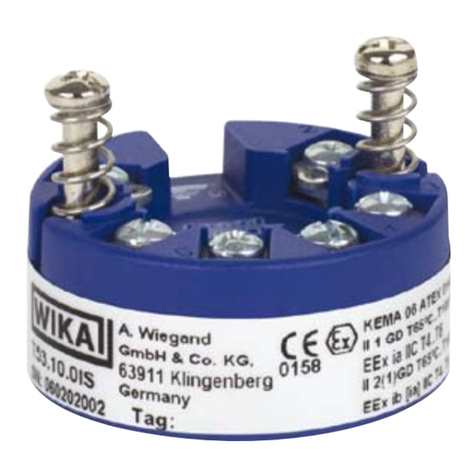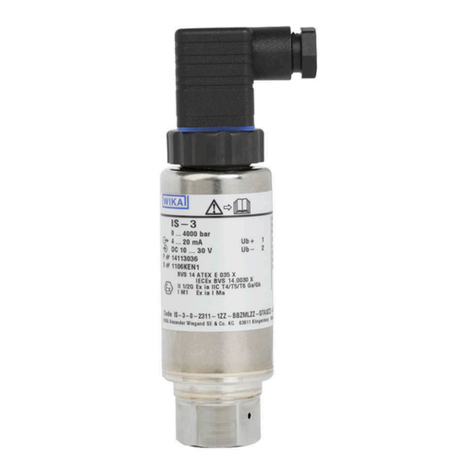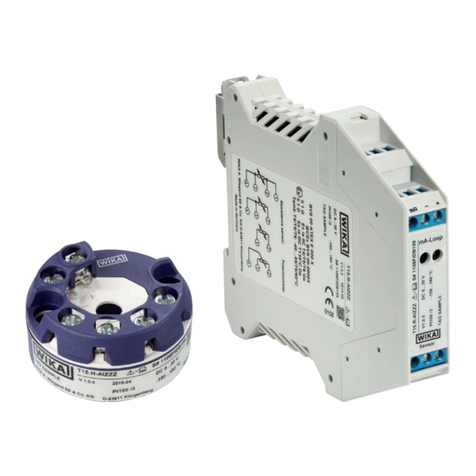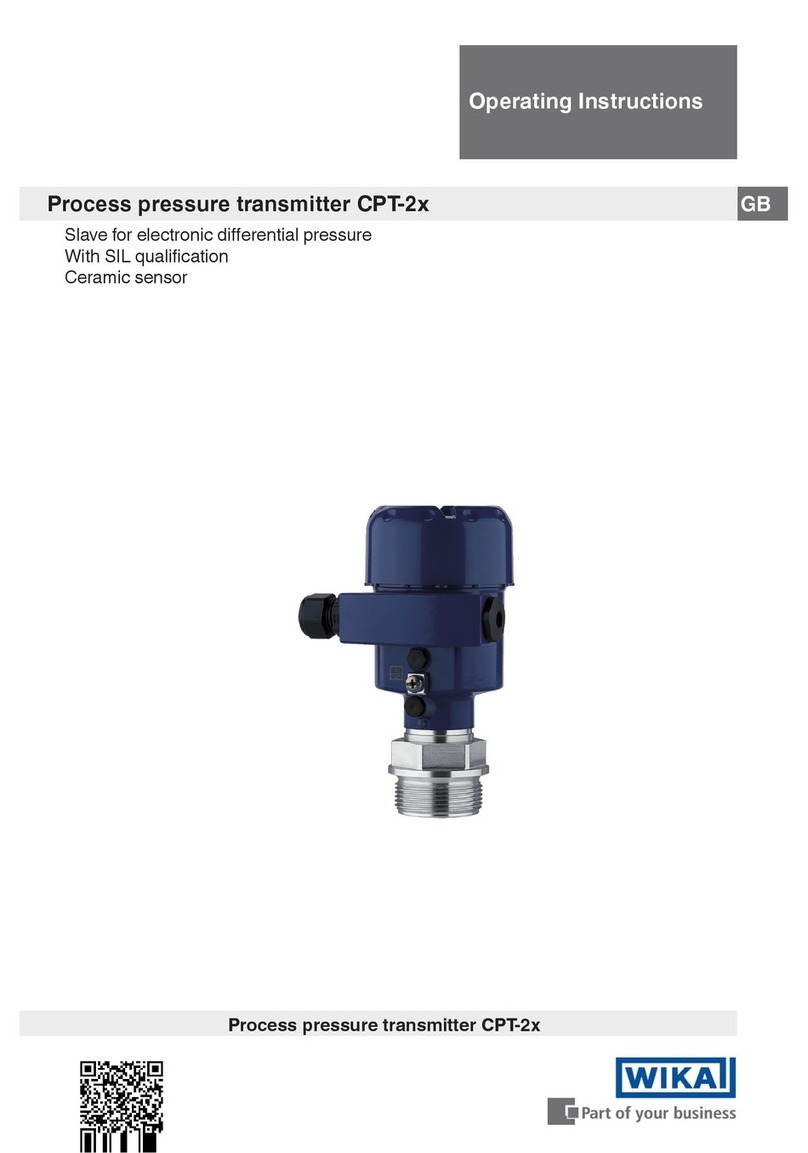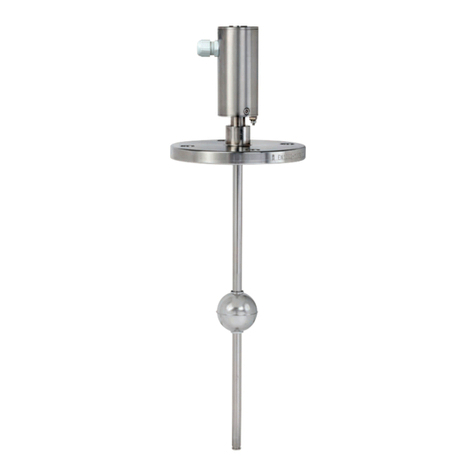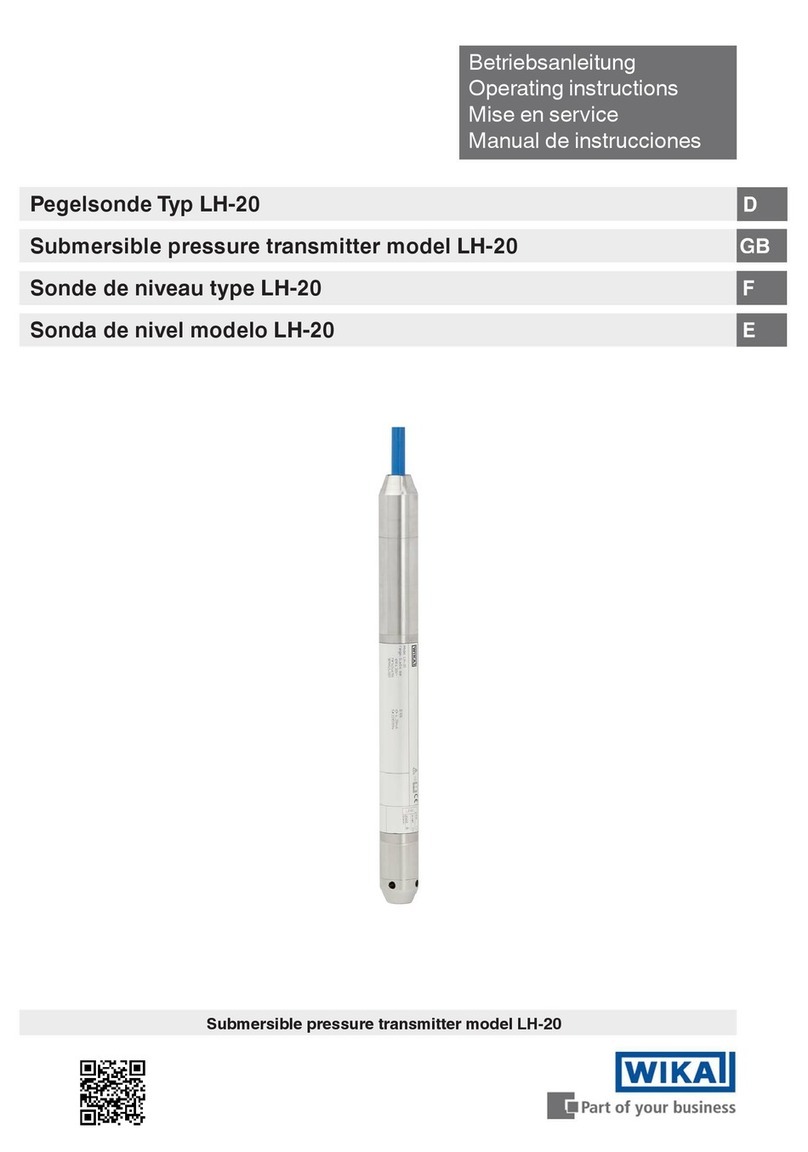
2
Contents
Safety Manual - CPT-2x, IPT-2x
Contents
1 Document language ................................................................................................................ 3
2 Scope ........................................................................................................................................ 4
2.1 Instrument version............................................................................................................ 4
2.2 Area of application ........................................................................................................... 4
2.3 SIL conformity .................................................................................................................. 5
3 Planning.................................................................................................................................... 6
3.1 Safety function ................................................................................................................. 6
3.2 Safe state ......................................................................................................................... 6
3.3 Prerequisites for operation ............................................................................................... 6
4 Safety-related characteristics................................................................................................. 7
4.1 Characteristics acc. to IEC 61508 for process pressure measurement or hydrostatic level
measurement ................................................................................................................... 7
4.2 Characteristics acc. to IEC 61508 for applications with slave sensor................................ 7
4.3 Characteristics acc. to ISO 13849-1 for process pressure measurement or hydrostatic
level measurement ........................................................................................................... 8
4.4 Characteristics acc. to ISO 13849-1 for applications with slave sensor ............................ 8
4.5 Supplementary information .............................................................................................. 9
5 Setup ....................................................................................................................................... 11
5.1 General information........................................................................................................ 11
5.2 Instrument parameter adjustment................................................................................... 11
6 Diagnostics and servicing .................................................................................................... 13
6.1 Behaviour in case of failure ............................................................................................ 13
6.2 Repair ............................................................................................................................ 13
7 Proof test ................................................................................................................................ 14
7.1 General information........................................................................................................ 14
7.2 Test 1: Without checking the process variable ................................................................ 14
7.3 Test 2: With check of the process variable...................................................................... 15
8 Appendix A: Test report......................................................................................................... 16
9 AppendixB:Termdenitions................................................................................................ 17
10 Supplement C: SIL conformity.............................................................................................. 18
Editing status: 2018-06-19






